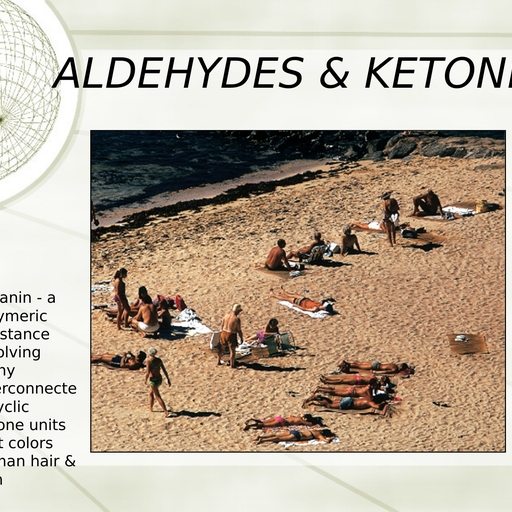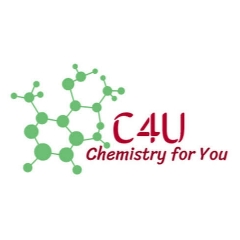Question 2 :
<span class="wysiwyg-font-size-small"><span class="wysiwyg-font-size-small"><p class="wysiwyg-text-align-left">In which reactants are not contained within the cell but are continuously supplied from external source?</p>
Question 3 :
<span class="wysiwyg-font-size-small"><span class="wysiwyg-font-size-small"><p class="wysiwyg-text-align-left">Following are some of the facts about dry cell</p><p class="wysiwyg-text-align-left">i) It is also called Leclanche cell</p><p class="wysiwyg-text-align-left">ii) It is also called Daniel cell</p><p class="wysiwyg-text-align-left"><span class="wysiwyg-font-size-small"><span class="wysiwyg-font-size-small">iii) Electrolyte is a moist paste of NH$_{4}$Cl<span class="wysiwyg-font-size-small"><span class="wysiwyg-font-size-small">and ZnCl$_{2}$<span class="wysiwyg-font-size-small"><span class="wysiwyg-font-size-small">in starch</p><p class="wysiwyg-text-align-left">iv) Cathodic reaction is</p><p class="wysiwyg-text-align-left"><span class="wysiwyg-font-size-small"><span class="wysiwyg-font-size-small">MnO<span class="wysiwyg-font-size-small"><span class="wysiwyg-font-size-small">$_{2}$<span class="wysiwyg-font-size-xx-small"><span class="wysiwyg-font-size-xx-small"> <span class="wysiwyg-font-size-small"><span class="wysiwyg-font-size-small">(s) + NH$_{4}^{+}$<span class="wysiwyg-font-size-small"><span class="wysiwyg-font-size-small"> + e$^{-}\rightarrow $<span class="wysiwyg-font-size-small"><span class="wysiwyg-font-size-small">MnO(OH)+NH$_{3}$</p><span class="wysiwyg-font-size-small"><span class="wysiwyg-font-size-small"><p>Select correct facts :</p>
Question 4 :
In a cell, the following reaction takes place: $Fe + CuSO_{4} \rightarrow FeSO_{4} + Cu$. The cell can be represented as:
Question 5 :
<span class="wysiwyg-font-size-small"><span class="wysiwyg-font-size-small"><p class="wysiwyg-text-align-left">Which of the following energy changes occur in galvanic cell?</p>
Question 7 :
<span class="wysiwyg-font-size-small"><span class="wysiwyg-font-size-small"><p class="wysiwyg-text-align-left">Which of the following statements is true for fuel cells ?</p>
Question 8 :
<span class="wysiwyg-font-size-small"><span class="wysiwyg-font-size-small"><p class="wysiwyg-text-align-left">Lithium is generally used as an electrode in high energy density batteries. This is because:</p>
Question 10 :
<span class="wysiwyg-font-size-small"><span class="wysiwyg-font-size-small"><p class="wysiwyg-text-align-left">In a galvanic cell, the reactions taking place in the anodic half cell and the cathodic half cell will be:</p>
Question 11 :
<span class="wysiwyg-font-size-small"><span class="wysiwyg-font-size-small"><p class="wysiwyg-text-align-left">Some of the batteries are rechargeable :</p><p class="wysiwyg-text-align-left">I : Dry cell battery</p><p class="wysiwyg-text-align-left">II : Lead-storage (acid) battery</p><p class="wysiwyg-text-align-left">III : Nickel-cadmium battery</p><p class="wysiwyg-text-align-left">IV : Lithium battery</p><p class="wysiwyg-text-align-left">V : Fuel cell</p><p>Select correct alternates :</p>
Question 13 :
Saturated solution of $KNO_{3}$ is used to make salt bridge because:
Question 14 :
<span class="wysiwyg-font-size-small"><span class="wysiwyg-font-size-small"><p class="wysiwyg-text-align-left">Cathodic standard reduction potential minus anodic standard reduction potential is equal to:</p>
Question 16 :
Among the following cells, which of the following are primary cells?<br/>(I) Leclanche cell<br/>(II) Nickle-Cadmium cell<br/>(III) Lead Storage battery<br/>(IV) Mercury cell<br/>
Question 17 :
<span class="wysiwyg-font-size-small"><span class="wysiwyg-font-size-small"><p class="wysiwyg-text-align-left">What is the approximate quantity of electricity(in coulombs) required to deposit all the silver from 250 ml of 1 M AgNO$_{3}$ aqueous solution? <br/></p>
Question 18 :
The potential of a hydrogen electrode in a solution with $p{OH} = 4$ at $25^{\circ}C$ is:
Question 19 :
Consider the following equation for a cell<br/>$A+B\rightleftharpoons C+D;\quad \quad \quad \quad \quad { E }^{ o }=X\ volt,\quad { K }_{ eq }={ K }_{ 1 }$ <br> $2A+2B\rightleftharpoons 2C+2D;\quad \quad \quad { E }^{ o }=y\ volt,\quad { K }_{ eq }={ k }_{ 2 }$<br/>
Question 20 :
Electrolysis of a dilute solution of aqueous sodium chloride results in the cathode product:
Question 21 :
Assertion: For a Daniell cell :<br/><br/>$Zn | Zn^{2+} || Cu^{2+} | Cu$ with $E_{cell} = 1.1\, V$<br/><br/>the application of opposite potential greater than 1.1 V results into the flow of electrons from cathode an anode.
Reason: Zn is deposited at anode and Cu is dissolved at cathode.
Question 22 :
<b><span class="wysiwyg-font-size-small"><span class="wysiwyg-font-size-small"></b><p class="wysiwyg-text-align-left">List I                                                   List II</p><span class="wysiwyg-font-size-small"><span class="wysiwyg-font-size-small"><p class="wysiwyg-text-align-left">A) Salt bridge                                 1) Reduction</p><p class="wysiwyg-text-align-left">B) Standard hydrogen electrode    2) Oxidation</p><p class="wysiwyg-text-align-left">C) Cathode                                    3) Reference electrode<br/></p><p class="wysiwyg-text-align-left"><span class="wysiwyg-font-size-small"><span class="wysiwyg-font-size-small"> D) Anode                                      4) KCl,KNO$_{3},$</p><span class="wysiwyg-font-size-small"><span class="wysiwyg-font-size-small"><p class="wysiwyg-text-align-left"><span class="wysiwyg-font-size-small"><span class="wysiwyg-font-size-small">                                                       (or) NH$_{4}$NO$_{3}.$<span class="wysiwyg-font-size-small"><span class="wysiwyg-font-size-small">.</p><span class="wysiwyg-font-size-small"><span class="wysiwyg-font-size-small"><p class="wysiwyg-text-align-left">The correct match is :</p>
Question 24 :
The value of $\Delta G(kJ  mol^{-1})$ for the given cell is (take $1F = 96500 C  mol^{-1})$:
Question 25 :
The standard EMF of quantity electrode is $0.699 V$. The EMF of the quinhydrone electrode dipped in a solution with pH = 10 is:

















































